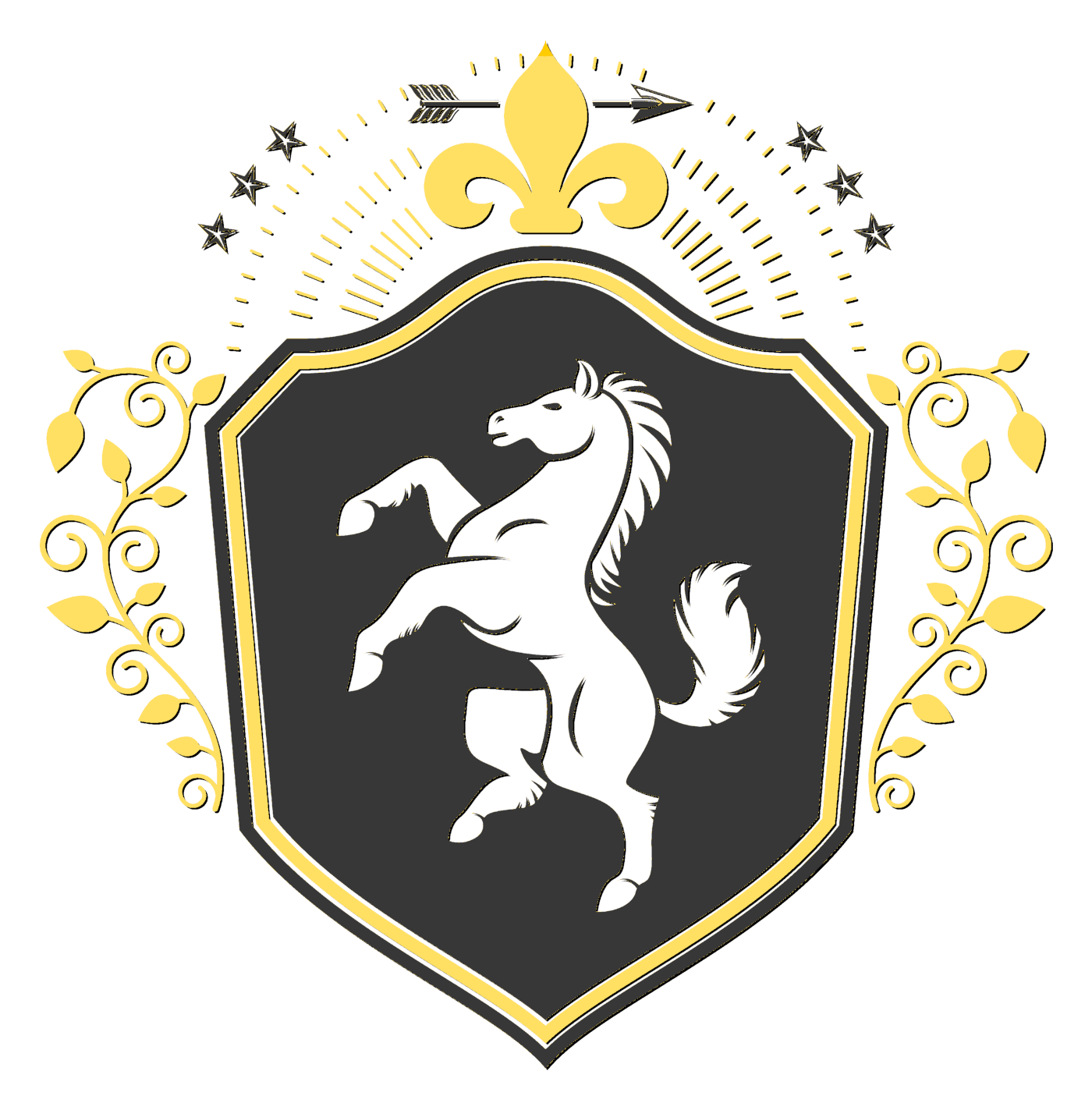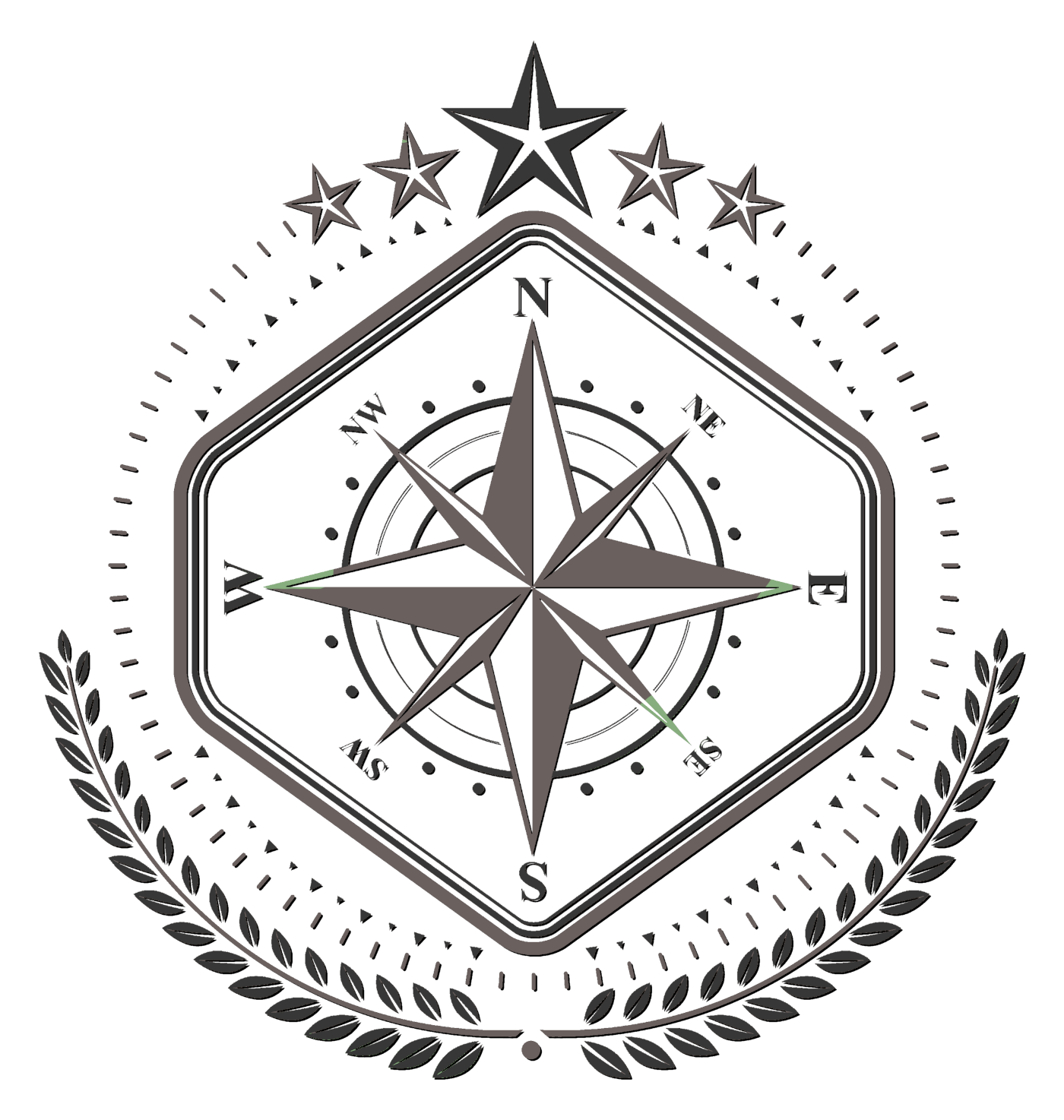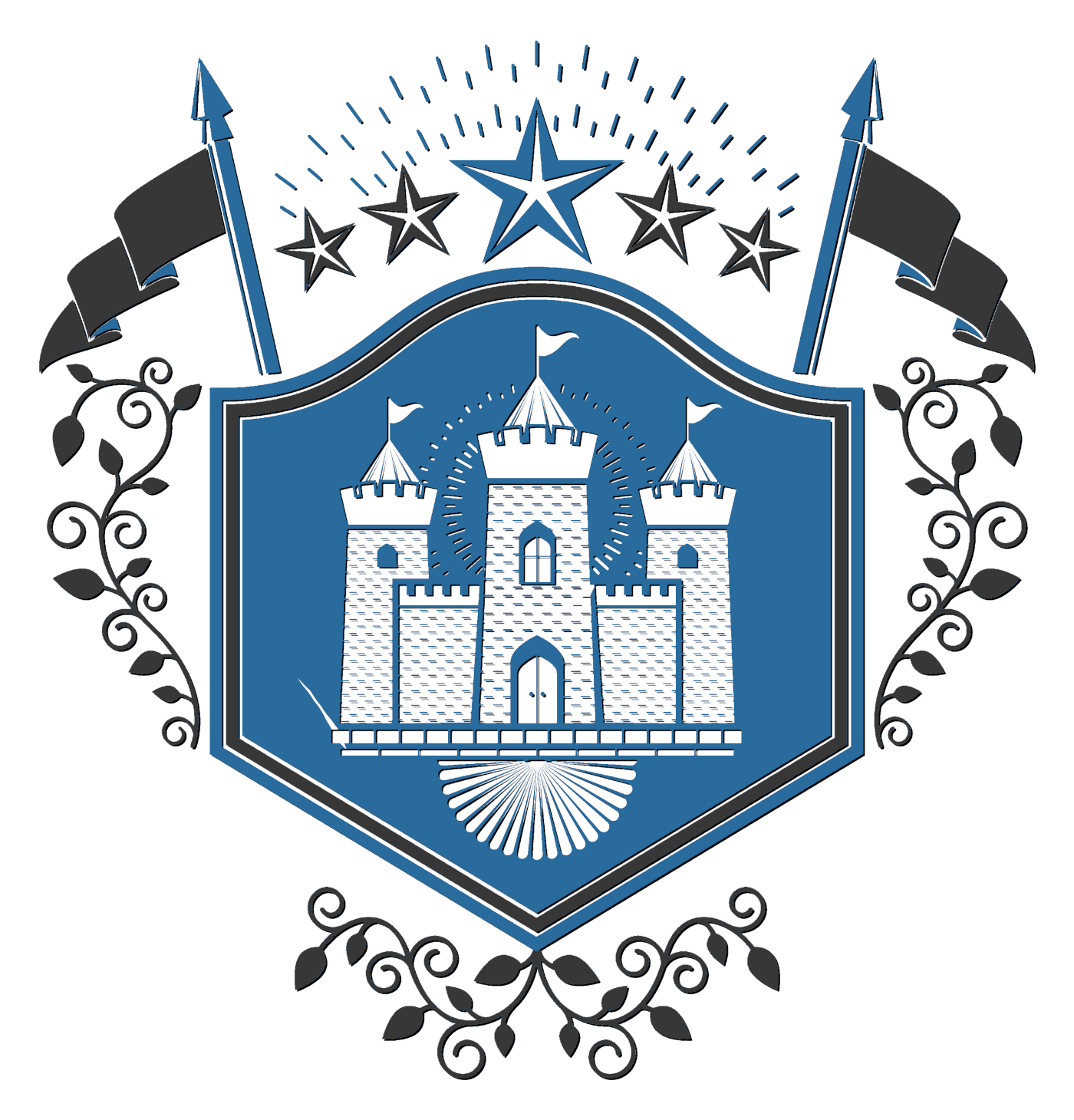All right, finally getting around to starting some of these world-building threads! This is a brief world history of Erde, the parallel universe from Faded, my NaNo 2010 novel. (Excerpts can be found here:
viewtopic.php?f=19&t=1498) Or, more specifically, Erde is the planet in this fictional universe on which the novel is set. I would like to eventually earn a subforum for this world, but I will need lots of help!
See, I usually set my fantasies in this world, and when I do, I don't have a lot of history. I'm breaking both of those conventions with this work. Additionally, for reasons I won't get into here, I don't want to address creation or a god-figure in my fantasy world. So, I had to get creative with the history. As such, I need honest opinions on the realism and cohesiveness of my history. This history stops just a couple years, maybe ten, before the present day. Please help!
***
A BRIEF WORLD HISTORYPhase I: The FoundingErde was once an uninhabited plate in the unchartered expanse of the solid sky. No known soul was witness to its creation. Rather, Erde was discovered and populated by nomads and refugees from other spheres, who found Erde as a lushly-vegetated planet without animal or human life.
Erde was discovered during an age when the sky throughout all the universe was light continually; there was no darkness. The lack of darkness (and resulting drop in temperature) allowed expansive travel through the breathable atmosphere. Travel between neighboring earths was possible with the use of the larger variety of birds and dragons, as well as ship-like structures leveraged by the beasts. Most of Erde’s founders arrived this way, but it is rumored that the innovative elves and dwarves also had primitive hot-air balloons.
Erde was populated over a period of roughly 150 our-world years known collectively as “The Founding.” A variety of groups and races came to Erde from different homelands and settled in Erde’s various regions, laying the seeds for Erde’s distinct cultural blocks. Elves and dwarves, many fleeing political persecution, arrived in mass in the north and quickly replicated their highly-structured societies. Nomadic humans and special races pooled in the center regions, choosing out climates that suited their trade and lifestyle. Disjointed bands of adventurous humans, most of whom came from a string of Germanic-speaking spheres and were known collectively as the Volk, sprinkled the south with homesteads.
Phase II: The Great DarknessNear the end of the Founding period, the sky began to fade – and eventually turned black. For approximately two our-world months, the universe was solid darkness except for occasional explosions in the distant sky. Some believe that the explosions were caused by planets and other celestial beings freezing and self-destructing in the eternal cold caused by the lack of light. By the time the light returned, only a few distant green dots remained in the sky beneath Erde.
Erde was kept habitable in the south by the warm winds that blew up from the Underside. In the north, the advanced society and organization permitted survival. Groups in the center regions either banded together or relocated.
The fight for survival drove societies together and began to shape the distinct cultures. The people in the south sustained themselves off of their previous harvest and managed to coax some crops to grow in the darkness. The center groups, unable to grow any crops, wandered in search of food and ultimately turned to their animal husbandry for sustenance. The frigid north, nearly plunged into the depths of ice, depended on their industry and innovation to forge survival indoors.
Eventually, the sky grew light again – only to darken a week later. The light fluctuated irregularly for around a month and then settled into the rigid day-night cycle, setting Erde on its endless path of days. After “The Great Darkness,” as the period of solid night is often referred to, the “fading” cobha of Erde set in. The day now showed its age by fading; the rest of the world fell prey to this fate as well. It is rumored that natural objects on Erde faded prior to the Great Darkness, and some legends indicate that certain living beings experienced this phenomenon; however, old records differ unreliably on this issue.
Phase III: The Middle YearsAfter the Great Darkness, a relatively uneventful period of 500 our-world years followed, known as the “The Middle Years.” During this period, the various cultures in Erde took root and the inhabitants firmly colonized the land. The world recovered from The Great Darkness – and almost forgot about it entirely. It is during this period that the inhabitants of Erde built up the despondency and hedonism that morphed into the current political scenes.
In the north, the advanced cultures attributed their survival of the Great Darkness to their organized society. Taking that mentality to the extreme, the north built rigid kingdoms ruled by strict politics and regulations. Borders were harshly defended, international relationships were bitterly regulated, and reproduction was legally enforced to preserve society. Communistic governments were common.
The various tribes of the center regions continued to develop their animal husbandry, but their group pride gained during the Great Darkness turned into deadly racial divisions. Groups banded together closely, developing highly unique cultures and excluding all others. War and cultural divisions forced most groups out of both the north and the south, leaving them to mark territory for themselves in the center regions. In a wilderness populated by roaming nomadic tribes, these hastily-drawn borders were unstable at best.
For the humans of the south, political and social identity was of no issue – but land was. The people were content to lump themselves under the general name “Volk” and focus on farming the land. As crops became more precious, farmers came into conflict over the land, and those that had resources to defend their holdings won. Mighty landlords came to power and formed self-sufficient estates; serfs joined themselves to estates for employment and protection. Soon the land was divided amongst dozens of landlords; no neutral “cities” existed. The landlords cared only for their own advancement and were happy to war for more land, setting the south up for the bitter battles that would lead to the founding of the Federated.




